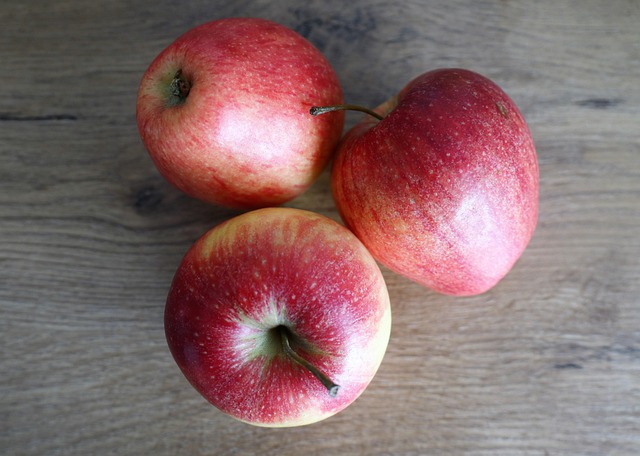Understanding the Beat of Recognition in Rap Culture
When we think of music, we often think of how it makes us feel, the memories it evokes, and the connections it fosters. Music is more than just sound; it’s a powerful vehicle for expression and recognition. In the diverse fabric of musical genres, rap stands out as a vibrant tapestry woven with stories, experiences, and cultures. It’s a genre that transcends mere entertainment and dives deep into social commentary and personal narratives.
The essence of rap lies in its ability to speak volumes in a matter of beats and bars. It captures the pulse of life—the struggles, victories, and the everyday realities of those who inhabit its world. From the block parties of the Bronx to global arenas, rap has grown from the underground to becoming a dominant voice in music culture. What’s quintessential to this genre is not just the rhythm or the lyrical wit, but the recognition of the artist’s journey and the community it represents.
At the heart of any rap track is a robust beat that compels you to move, often making it the lifeblood of any party. The combination of bass, snare, and a hypnotic melody creates an environment where recognition blossoms—where listeners connect with a story that resonates with their own lives. Whether it’s the self-reflective verses of Kendrick Lamar or the unapologetic confidence of Cardi B, each artist invites the audience to recognize their struggles, triumphs, and the sheer audacity of their existence.
As the music pulses through a party, it commands attention and sets the energy level high. In these moments, attendees aren’t merely listeners; they become part of a larger cultural conversation. Rap music becomes the soundtrack to life’s celebrations—weddings, birthdays, and house parties resonate with its infectious beats, turning gatherings into unforgettable experiences. This collective recognition of lyrical prowess and infectious rhythms showcases the importance of community, connecting individuals through shared love and understanding of their favorite tracks.
Moreover, rap’s influence stretches beyond its own genre, infiltrating pop, rock, and electronic music. Its recognition as a foundational pillar in modern music culture cannot be understated. Artists from all walks of life find inspiration in the raw authenticity and rhythmic complexity of rap. Collaborations and cross-genre projects are on the rise, ensuring that the genre continues to evolve while staying true to its roots. It’s this adaptability that allows rap to recognize and embrace innovation while maintaining its core essence.
As we dance to the rhythms and recite the lyrics that resonate, we recognize the transformative power of rap on the music landscape. It is a reminder that at every beat, a story is unfolding, an experience to be shared, and recognition to be given. The next time you find yourself at a party, surrounded by the pulsating beats of a rap anthem, take a moment to acknowledge the role that this genre plays in our culture, our lives, and ultimately, who we are as a collective. It’s more than just music; it’s a celebration of identity, life, and the shared joy of recognizing one another through the universal language of sound.




